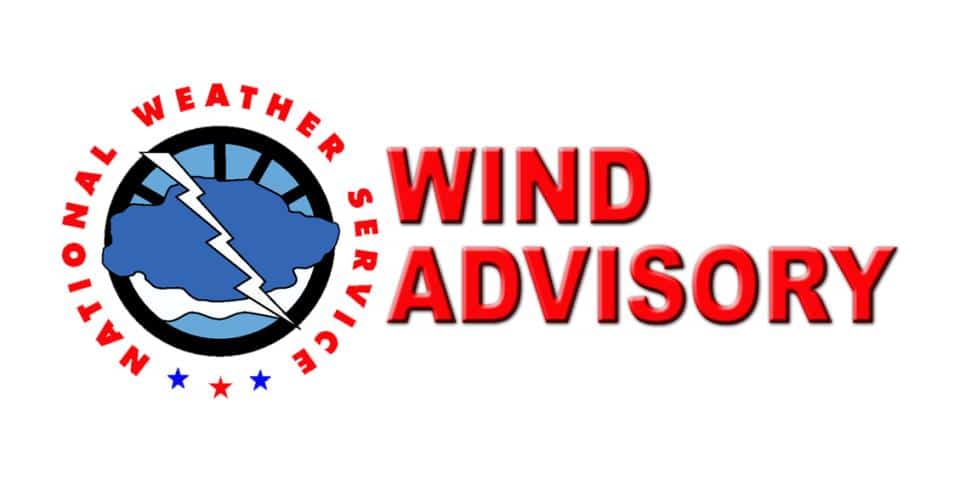Last Updated on May 27, 2016 11:34 am
Raleigh – A study released by the Associated General Contractors of America (AGC) today shows 43 percent of highway contractors in North Carolina report motor vehicles crashed into their work zones during the past year. N.C. Transportation Secretary Nick Tennyson, state transportation staff and AGC officials joined the contractor at the Eastern Loop interstate project in Greensboro this afternoon to echo Governor Pat McCrory’s call for better awareness of the importance of work zone safety.
“Highway safety is one of Governor McCrory’s top priorities,” said Secretary Tennyson. “With the summer travel season starting this weekend, it is important to remind motorists that slowing down and paying attention in work zones can prevent injuries and fatalities.”
There were more than 4,600 work zone crashes in North Carolina in 2015, resulting in 19 deaths and 2,475 people injured. Three of the fatalities were construction workers. Tragically, this year has seen 10 more fatalities, including two contractor employees, and close to 1,000 injuries.
Governor McCrory brought attention the importance of highway safety in April by issuing a proclamation that urges drivers to take extra care when driving through work zones.“Our state is dedicated to enhancing work zone safety for both the highway worker and the travelling public,” Governor McCrory said in April. “Keeping our roads safe is a shared responsibility, and all citizens must do their part.”
With the warmer weather, construction activity gears up across the state, with more than 600 active work zones. Work zone safety is important on fast-moving highways as well as local roads where maintenance activities like mowing, pothole patching and other repairs, and utility work occur.
“To keep both drivers and highway workers safe, we ask all drivers to obey the posted speed limit, put the phone down and keep your eyes on the road when they see construction signs and orange barrels,” said Brian Turmail, the AGC national spokesman.
National statistics show that four out of five work zone fatalities are motorists, and that more than half of work zone crashes are the result of speeding and driver inattention. More than 50 percent are caused by speeding and distracted driving, with 71 percent happen on clear days and 80 percent on dry road conditions.
Among the tips to stay safe in a work zone are:
- Slow down;
- Stay alert;
- Respect the work zone signs, flaggers, and warnings;
- Turn on your headlights;
- Don’t tailgate;
- Stay in one lane;
- Don’t drive distracted – put down the phone, don’t eat while you drive;
- Don’t drink and drive;
- Obey posted speed limits;
- Watch for workers;
- Exercise patience; and
- Expect the unexpected.
In addition to endangering their own life, as well as of any passenger, other motorists and construction workers, a driver speeding through a wok zone can pay a different kind of price. In attention to the initial ticket and court costs, a conviction for speeding in a designated work zone in North Carolina will bring an additional fine of $250. And workers do not need to be present in a work zone for a speeder to be cited.
The AGC work zone safety study was based on a nationwide survey of highway construction firms the association conducted this March and April. Over 800 contractors completed the survey nationwide, including 21 contractors from North Carolina.
The NCDOT has a dedicated program to educate citizens on work zone safety, and information about its efforts can be found on the Department website.



















